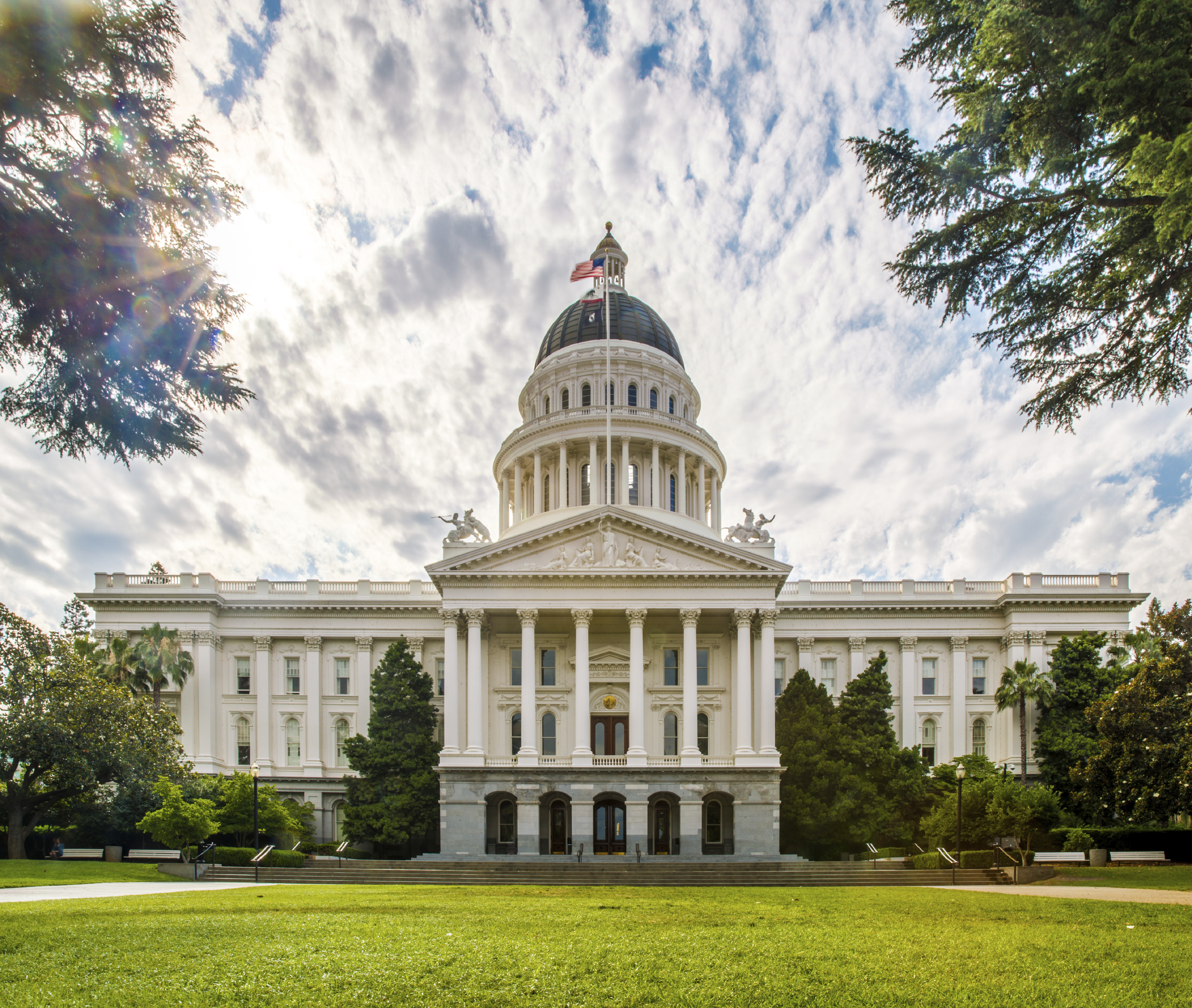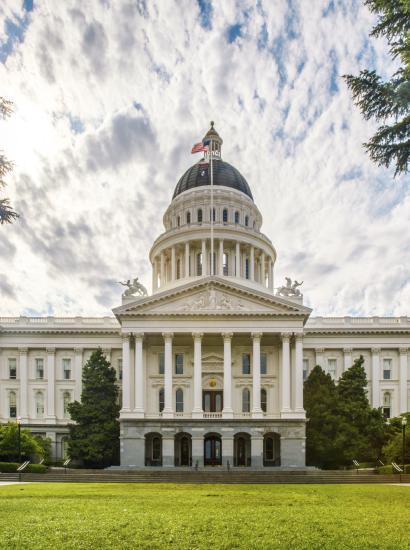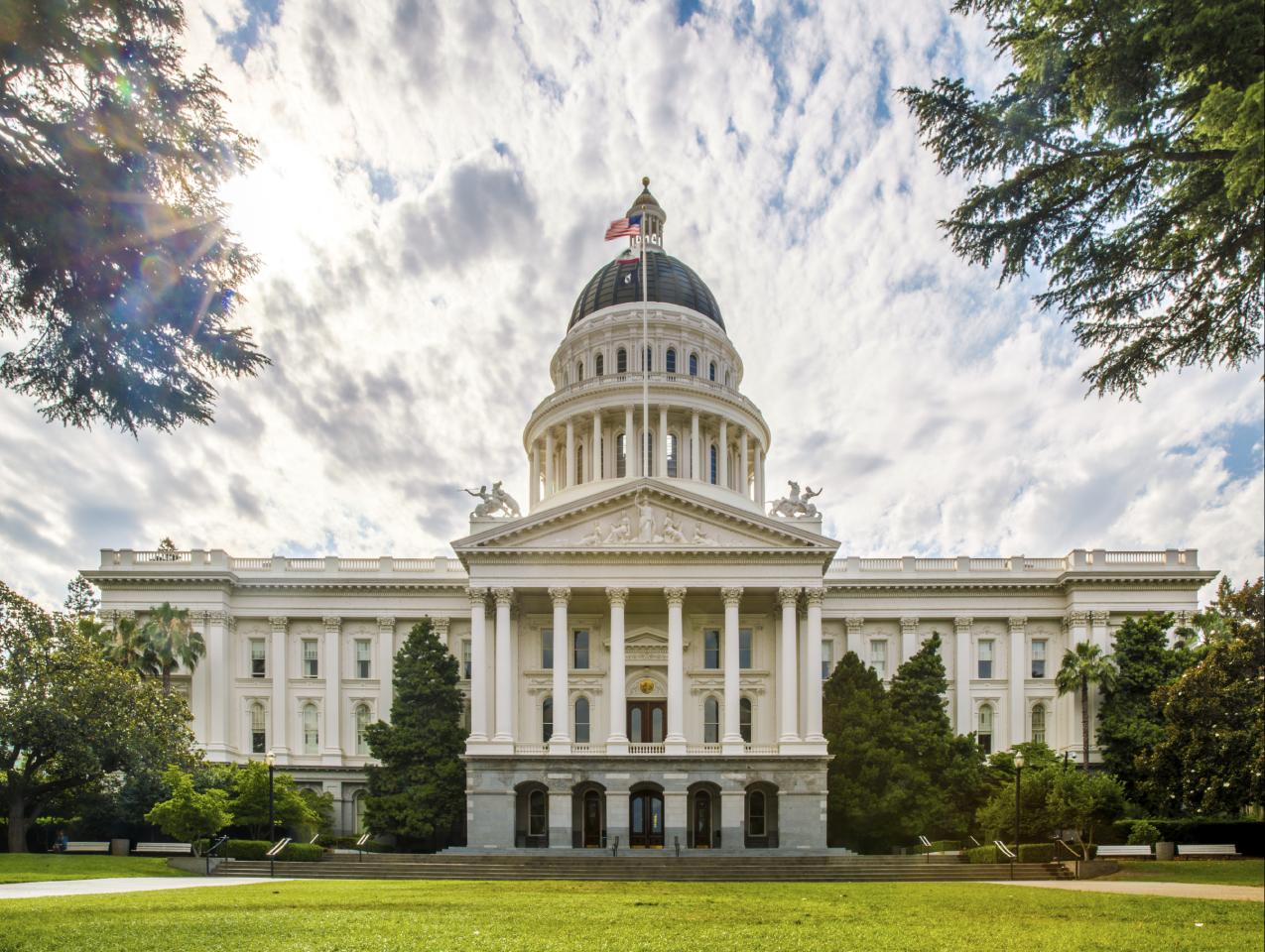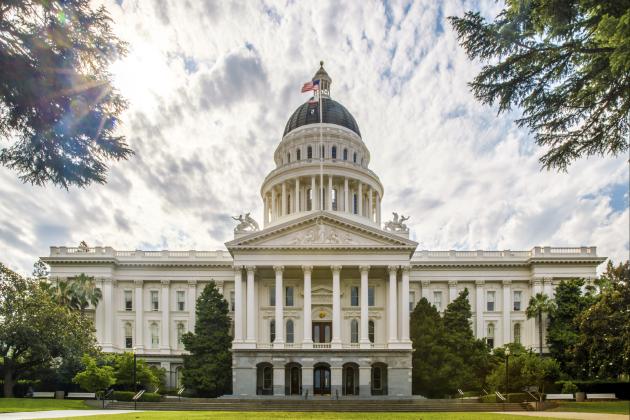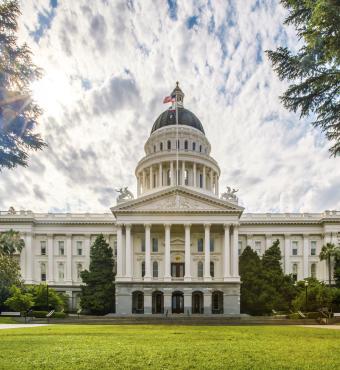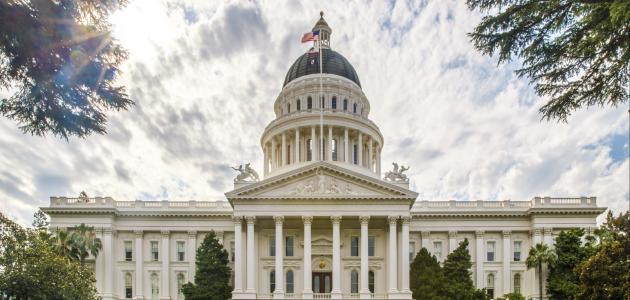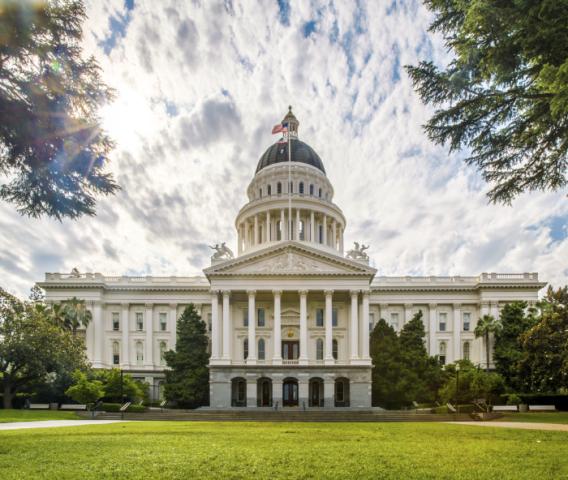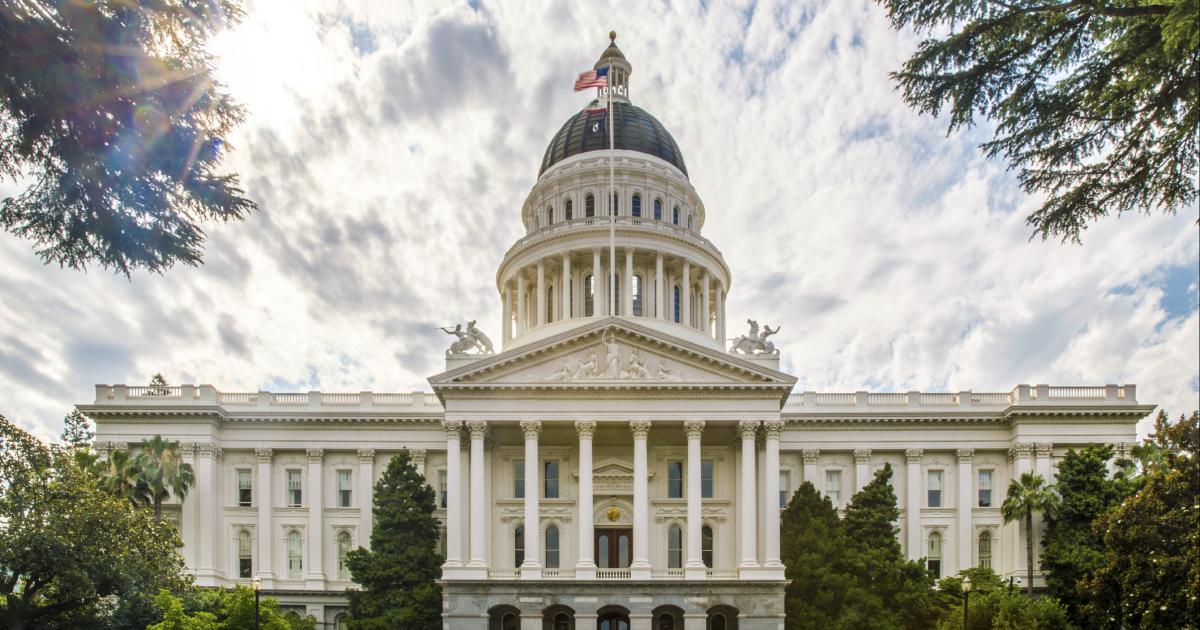The longer his absence from Sacramento, the more one misses former Democratic governor Jerry Brown—well, maybe not so much his policy choices as the man’s ways with words.
It was Brown, the Golden State’s chief executive for two eight-year stretches (1975–83 and 2011–19), who first ran for governor under the mantra “Small is beautiful”—i.e., Californians should anticipate an era of government austerity (a glimpse at California’s state budget in more recent times shows that wasn’t the case).
Brown was also the rare American politician who fell back on his mastery of Latin phrases when trying to explain matters to reporters. One such example: Bellum omni contra omnes. Loosely translated, it means “war of all against all”—Brown’s way of explaining that solving a massive budget shortfall would require both Republican and voter buy-in.
And one of my favorites: “Not every human problem deserves a law,” part of a gubernatorial veto message back in 2011 (in this instance, Brown rejecting a measure that would have imposed a $25 fine on kids skiing or snowboarding without a helmet).
Sadly, those seven words are no longer a prevailing sentiment in California’s State Capitol, or so we see in another September that has California governor Gavin Newsom considering hundreds of bills sent his way during the current legislative session. Under California law, a governor has 30 days after the legislature’s August 31 adjournment to render verdicts on forwarded bills; any measure not receiving a yea or nay automatically becomes law.
There are two things one should know about the so-called bill-signing season in Sacramento. First, the governor holds the upper hand in that, while he labors under the aforementioned 30-day deadline, the legislature rarely, if ever, overrides vetoes. As such, it puts pressure on lawmakers either to bend to the governor’s will and amend bills so as to avoid the dreaded thumbs-down or to withdraw measures altogether.
It's also worth noting that 30 days of agonizing over the fruit of the legislature’s labor gives a governor ample opportunities to engage in ballot-box politics, reward his loyalists—and sometimes interject government in places where maybe it shouldn’t meddle.
Let’s look at three such examples in 2024.
First up, Newsom’s decision to sign a bill last week allowing prosecutors to impose tougher sentences in cases involving the damage or destruction of property valued at more than $50,000 (the new law sunsets by 2030).
Why the yea, rather than a gubernatorial nay? Because Newsom and legislative Democrats fear the passage of November’s Proposition 36, which would allow felony charges and increase sentences for certain drug and theft crimes. Thus Newsom’s boast: “California already has some of the strictest retail and property crime laws in the nation—and we have made them even stronger with our recent legislation. We can be tough on crime while also being smart on crime—we don’t need to go back to broken policies of the last century.”
How else could some gubernatorial actions affect November outcomes? Look at a pending measure related to women’s fertility concerns, a topic helping to fuel what could be a record gender gap in this year’s presidential election.
Senate Bill 729 requires “large and small group health care service plan contracts and disability insurance policies issued, amended, or renewed on or after July 1, 2025, to provide coverage for the diagnosis and treatment of infertility and fertility services.” Translation: expanding access to IVF treatment in the Golden State—nationally, a topic over which Vice President Kamala Harris and former president Donald Trump have clashed.
As for taking care of his own (in this case, fellow Democratic officeholders), Newsom has yet to decide on the fate of Senate Constitutional Amendment 1. If approved by voters in California’s next statewide election (that’s 2026, not 2024), the measure would change the recall process for state-level incumbents by removing the successor question from future ballots. In its place are these scenarios:
(a) a recalled governor is replaced by the lieutenant governor for the remainder of the former’s term; and
(b) recalled constitutional officers are replaced via gubernatorial appointment and legislation confirmation, as opposed to voters choosing.
It’s worth noting that the bill’s author, State Senator Josh Newsom, fell victim to a recall vote in June 2018 (he won back his north Orange County–based seat two years later). He cites cost saving (it cost California taxpayers $276 million to stage the 2021 recall election that failed to unseat Newsom) as part of his motivation for sponsoring the measure.
What he doesn’t mention: how California’s October 2003 recall election, which managed to unseat then governor Gray Davis, a Democrat, might have turned out differently if voters weren’t presented with a replacement question and a chance to vote for the Republican Arnold Schwarzenegger.
Finally, a measure that raises the question of the state’s role in higher education—the legislature wanting Newsom to go along with Assembly Bill 1780 and a plan to bar the Golden State’s private nonprofit colleges from making admissions decisions based on “legacy” (defined as applicants whose family members either attended or donated to the school).
On the bright side, the bill could have been far more draconian; at one point, it would have prohibited California’s private universities from receiving Cal Grant financial aid if caught engaging in legacy picks.
On the other hand, the measure raises the question of whether the state government should be interfering in the business of private universities in the first place—and, in the matters of university admissions, the balance of “legacy” advantages versus other factors that favor some students over others, i.e., nonscholarship athletes and applicants who benefit from recommendations. Ironically, Newsom attended nonpublic Santa Clara University, which would be subject to the proposed ban, with the help of recommendation letters from family friend Jerry Brown and a friend of Newsom’s father who was a member of the university’s board of regents.
One school impacted by Newsom’s choice: Stanford University, which happens to be his spouse’s alma mater, Jennifer Siebel Newsom holding both an undergraduate degree and an MBA from Stanford’s Graduate School of Business. (Full disclosure: while the Hoover University is located on Stanford’s campus, it receives a fraction of its operating budget from the university, relying instead on expendable gifts and endowment income).
Let’s suppose Newsom does indeed sign AB 1780, perhaps doing so in the name of “fairness” and citing figures suggesting an unlevel playing field. According to the Association of Independent California Colleges and Universities, 13.8% of Stanford’s autumn 2022 admitted class had legacy or donor connections. That figure sits against the backdrop of a university whose acceptance rate for the Class of 2026 fell to a historic low of 3.68%, according to Stanford’s Common Data Set.
How else might Newsom make the case against legacy admissions? Assuming he follows The New York Times, perhaps he’s familiar with the argument that the policy is tantamount to “affirmative action for the children of the 1 percent.”
But would such an action, which would upset legacy families, also upset the finances of America’s more elite private universities? Specifically, they include those schools with multibillion-dollar endowments—made possible, in part by legacy donors—that give the universities the flexibility to offer free tuition to presumably non-legacy applicants.
Harvard, for example, offers free tuition to students with family income below $85,000 a year, the school claiming that “24% of Harvard families pay nothing for their students to attend.” According to Stanford’s undergraduate admission office, “families earning less than $100,000 with assets typical of that income level pay no tuition or room or board.”
All of which is why Ivy Coach, which is in the business of helping applicants get into eight of America’s most elite universities, takes a position that would never fly with California lawmakers: “We believe AB 1780 should be amended to make an exception for the children of major donors. These admits make up a statistically insignificant proportion of each incoming cohort, but ensure Stanford’s accessibility to large swathes of low-income and first generation applicants.”
The chances of Newsom going along with such logic and vetoing the bill?
In a state with a disturbing number of smaller earthquakes of late, it would be quite the disturbance for his friends in the legislature.







